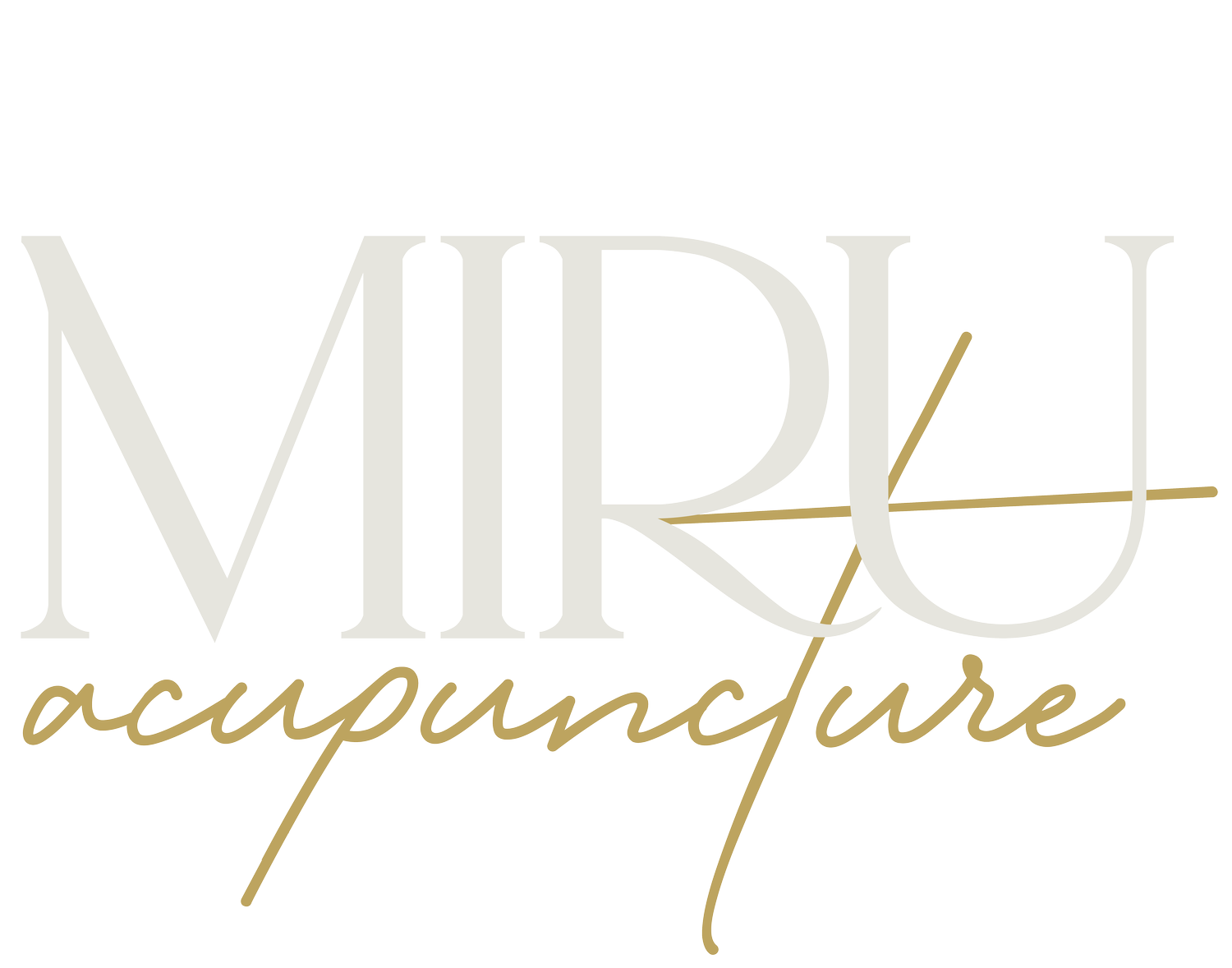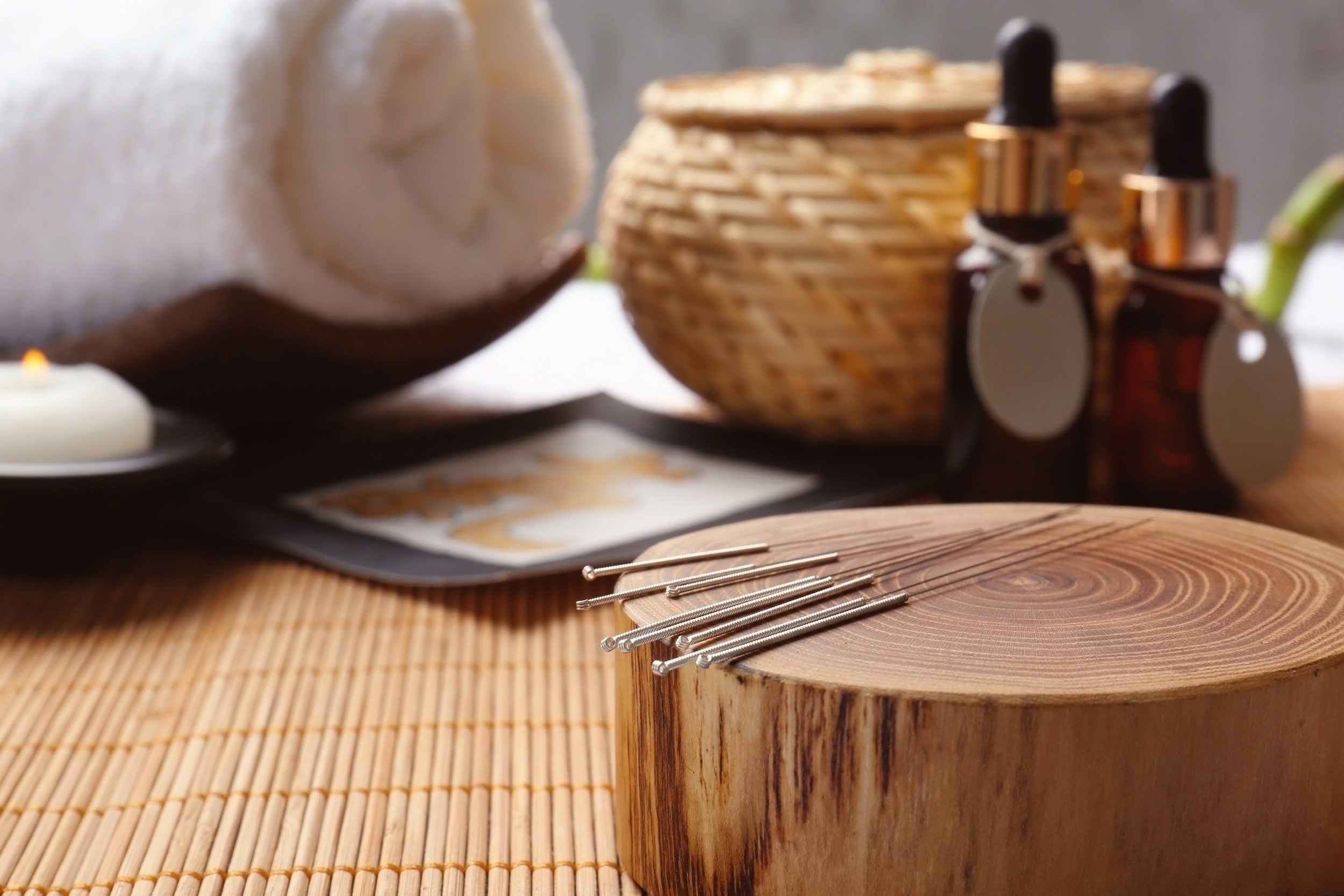
Commonly asked Questions
How does acupuncture work?
Acupuncture is a traditional Chinese medical practice that involves the insertion of thin needles into specific points on the body. While there are different theories about how acupuncture works, the most widely accepted theory is based on the concept of "Qi" (pronounced "chee"), which is believed to be the life force energy that flows through the body.
According to traditional Chinese medicine, Qi flows through channels called meridians, which are located throughout the body. When Qi flows freely through these channels, a person is said to be healthy, but when there is a blockage or imbalance of Qi, illness and pain can result.
Acupuncture is believed to work by stimulating specific points on the body, which are said to correspond to different organs and systems in the body. The needles are inserted at varying depths, depending on the location and the condition being treated. The stimulation of these points is believed to help restore the balance and flow of Qi, which can help alleviate pain, improve organ function, and promote overall health.
Modern scientific research has found that acupuncture can stimulate the release of endorphins and other natural pain-relieving chemicals in the body. Acupuncture has also been shown to have anti-inflammatory effects, which can help reduce pain and swelling. Additionally, acupuncture may help regulate the autonomic nervous system, which controls various bodily functions such as digestion, breathing, and circulation.
What can acupuncture be used for?
Acupuncture can be used for a wide range of health conditions. Some common applications include:
Pain management: Acupuncture is often used to alleviate pain, such as headaches, back pain, neck pain, and joint pain.
Stress reduction: Acupuncture can help reduce stress, anxiety, and promote relaxation.
Mental health: It may be used to support the treatment of depression, anxiety disorders, and other mental health conditions.
Digestive disorders: Acupuncture can help with digestive issues like irritable bowel syndrome (IBS), acid reflux, and nausea.
Women's health: It is commonly used for menstrual disorders, fertility support, pregnancy-related symptoms, and menopausal symptoms.
Respiratory conditions: Acupuncture may provide relief for asthma, allergies, sinusitis, and common cold symptoms.
Neurological conditions: It can be used for conditions like migraines, neuropathy, and post-stroke rehabilitation.
Immune support: Acupuncture may help strengthen the immune system and support overall wellness.
Sleep disorders: It can assist in managing insomnia and improving sleep quality.
Wellness promotion: Many people use acupuncture to enhance overall well-being, promote relaxation, and maintain balance in the body.
What is cosmetic acupuncture?
Cosmetic acupuncture, also known as facial acupuncture or facial rejuvenation, is a form of acupuncture that is focused on improving the appearance of the skin and reducing signs of aging.
During a cosmetic acupuncture treatment, fine needles are inserted into specific points on the face, scalp, and body. The needles are inserted at a shallow depth and are left in place for 20-30 minutes. The treatment is designed to stimulate the body's natural healing processes, increase blood flow and circulation to the face, and promote the production of collagen and elastin, which are essential for healthy, youthful-looking skin.
Cosmetic acupuncture is believed to have several benefits for the skin, including:
Reducing fine lines and wrinkles: By promoting the production of collagen and elastin, cosmetic acupuncture can help reduce the appearance of fine lines and wrinkles.
Improving skin tone and texture: Cosmetic acupuncture can help improve circulation and oxygenation to the skin, resulting in a brighter, more even complexion.
Reducing puffiness and dark circles: By stimulating lymphatic drainage, cosmetic acupuncture can help reduce puffiness and dark circles under the eyes.
Relaxing facial muscles: Cosmetic acupuncture can help relax tense facial muscles, which can contribute to wrinkles and other signs of aging.
How quickly will I see results with acupuncture?
The timing of results with acupuncture can vary depending on the individual, the condition being treated, and the frequency and duration of the acupuncture sessions. In some cases, people may experience immediate relief from pain or other symptoms, while in other cases, it may take several sessions before significant improvements are seen.
For acute conditions such as a sprained ankle or a headache, acupuncture can provide quick relief in as little as one session. However, for chronic conditions such as back pain or digestive disorders, it may take several weeks or even months of regular acupuncture sessions to see significant improvement.
It is important to note that acupuncture is a holistic therapy that treats the whole person, not just the symptoms. Acupuncture works by promoting the body's natural healing processes, so the timing of results can depend on the body's response to the treatment.
Overall, it is best to discuss your individual treatment plan and expected timing of results with your practitioner. We will provide personalized guidance based on your specific needs and health concerns.
Does acupuncture hurt?
Acupuncture involves the insertion of thin needles into specific points on the body, which can cause some discomfort or sensation. However, most people who undergo acupuncture find that the sensation is mild and often describe it as a slight tingling or dull ache.
The needles used in acupuncture are very thin, about the width of a human hair, and are typically inserted only a few millimeters into the skin. The depth of insertion can vary depending on the location and condition being treated.
Most people find that acupuncture is not painful and some even find it relaxing. In fact, many people report feeling a sense of calm and well-being during and after the treatment.
However, some people may experience some discomfort during the insertion of the needles, particularly if they are sensitive to needles or have a fear of them. If you experience any discomfort during an acupuncture session, it is important to let your acupuncturist know so that they can adjust the treatment as needed.
Overall, while acupuncture may cause some sensation, it is typically not painful and many people find it to be a safe and effective form of complementary therapy.
how Does red light therapy work?
Red light therapy, also known as low-level light therapy or photobiomodulation, is a non-invasive therapy that uses red or near-infrared light to stimulate cellular function and promote healing.
The therapy involves exposing the body to a specific wavelength of light, typically in the range of 620 to 850 nanometers, for a specific period of time. The light penetrates the skin and is absorbed by cells in the body, which triggers a series of biochemical reactions that can have a range of therapeutic effects.
Red light therapy is believed to work by increasing energy production in cells, stimulating the production of collagen and elastin, and reducing inflammation. The therapy has been shown to have several potential benefits for the body, including:
Reducing pain and inflammation: Red light therapy has been shown to reduce pain and inflammation by promoting blood flow and increasing the production of anti-inflammatory cytokines.
Improving skin health: Red light therapy can help improve the appearance of the skin by promoting collagen production, reducing wrinkles and fine lines, and improving skin tone and texture.
Enhancing muscle recovery: Red light therapy has been shown to improve muscle recovery after exercise by reducing inflammation and promoting the growth of new muscle tissue.
Boosting immune function: Red light therapy can help stimulate the production of immune cells, which can help the body fight off infections and illnesses.
Overall, red light therapy is a safe and non-invasive therapy that has the potential to promote healing and improve health in a variety of ways.
What is LED light therapy
used for?
LED light therapy is a non-invasive therapy that uses specific wavelengths of light to stimulate cellular function and promote healing. It is used to treat a variety of conditions, including:
Acne: LED light therapy can help reduce inflammation and kill bacteria that can cause acne, leading to clearer and healthier-looking skin.
Skin aging: LED light therapy has been shown to promote collagen production and reduce the appearance of fine lines and wrinkles, resulting in a more youthful and radiant appearance.
Pain relief: LED light therapy can help reduce pain and inflammation in muscles and joints, making it useful for treating conditions such as arthritis, back pain, and sports injuries.
Wound healing: LED light therapy can help promote the growth of new skin cells and blood vessels, leading to faster healing of wounds and injuries.
Seasonal affective disorder (SAD): LED light therapy can help alleviate the symptoms of SAD by increasing exposure to bright light and regulating circadian rhythms.
Hair growth: LED light therapy can help promote hair growth by stimulating blood flow to the scalp and promoting the growth of new hair follicles.
Overall, LED light therapy is a safe and non-invasive therapy that can provide a range of therapeutic benefits.
What are the benefits of cupping and what conditions can it help with?
Some of the potential benefits of cupping include:
Pain relief: Cupping can help alleviate various types of pain, including back pain, neck pain, and joint pain.
Improved circulation: Cupping therapy is believed to stimulate blood flow and improve circulation, which can help with a range of conditions, including migraines, hypertension, and varicose veins.
Reduced inflammation: Cupping is thought to have anti-inflammatory properties, which can help with conditions such as arthritis and asthma.
Increased relaxation: Cupping therapy is a relaxing experience, and it is thought to reduce stress and anxiety levels.
Improved digestion: Cupping can help stimulate digestion, alleviate constipation, and improve overall digestive health.
Boosted immune system: Cupping therapy is believed to stimulate the immune system, which can help prevent and treat various illnesses and infections.
Is cupping painful and are there any side effects or risks involved?
Cupping is generally not considered to be a painful therapy, although some people may experience discomfort during or after the treatment. During the treatment, a vacuum is created inside the cup, which can cause a mild pulling or tugging sensation on the skin. This sensation may be more intense in areas where there is a lot of tension or congestion. After the treatment, it is common to experience mild soreness or bruising in the areas where the cups were applied. These marks usually fade within a few days to a week.





